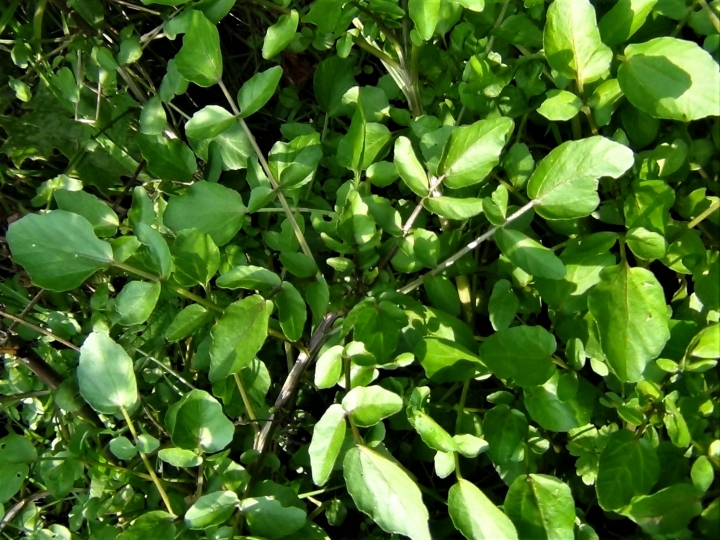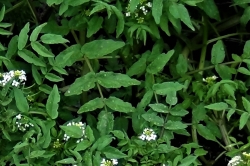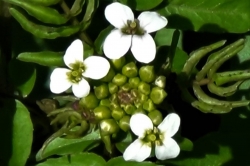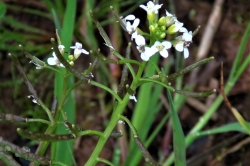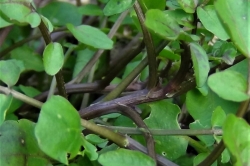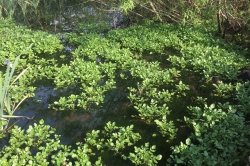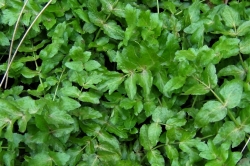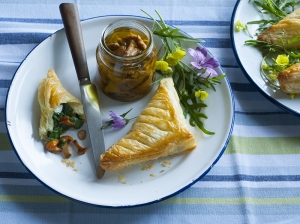Watercress was one of the first green vegetables we have evidence of early humans eating.
Home / Hedgerow Guide /
Watercress
Watercress
| Hedgerow Type | |
| Common Names | |
| Scientific Name |
Nasturtium officinale |
| Season Start |
Mar |
| Season End |
Nov |
Please note that each and every hedgerow item you come across may vary in appearance to these photos.
Flowers
A small cluster of white cruciform flowers with six yellow stamen which will mature into small seed pods.
Stem
Hollow and usually floating although they can be erect or when lying along the ground can develop rootlets at the leaf nodes. The stems are usually green but can be red to purple.
Possible Confusion
Fools Watercress, pictured, although a crush and smell of the leaves of Fools Watercress will reveal a strong smell of carrot, it is also edible so confusing the two is not a dangerous mistake to make.
Lesser Water Parsnip, Berula erecta is more upright, smells of parsnip and has rings around the stems at the leaf nodes but is not poisonous.
Smell
Like cress or a bit peppery.
Taste
Hot and cress like.
Frequency
Fairly common but not as common as Fools Watercress.
Collecting
When collecting Watercress from the wild it must be cooked as out of site upstream there might be sheep and if so there is the potential for liver flukes, which can cause fascioliasis, a nasty liver disease.
Medicinal Uses
Watercress contains iodine and high levels of vitamin K so should be included in your diet although it must be cooked when found in the wild.




